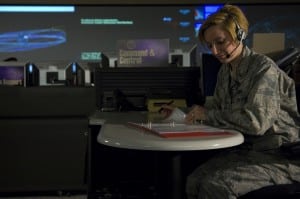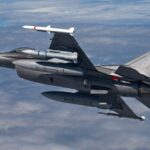
The Air Force’s Rapid Capabilities Office (RCO) and eight contractors are working together on a platform to streamline command and control (C2), shorten the task execution chain and reduce human-intensive communications.RCO Director and Program Executive Officer Randall Walden said Tuesday the platform, called the Common Mission Control Center (CMCC), features participation from Lockheed Martin [LMT], Northrop Grumman [NOC], Boeing [BA], BAE Systems, Raytheon [RTN] and other “Tier 2” subcontractors. CMCC, located at Beale AFB, Calif., is software, hardware and human…













